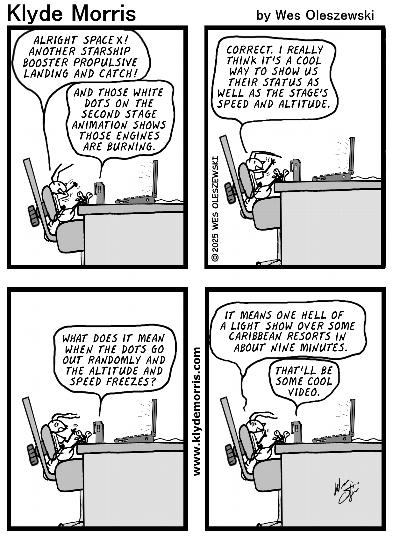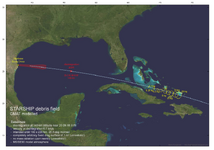Starting a dedicated thread here. After a pretty smooth flight test today, assuming no big anomalies occurred with the ground systems, it looks like SpaceX is back on track with testing and development. We should see more flights in the near future.
Both vehicles were lost before completing their full mission but a huge step forward today to see both executing the primary flight goals.
Brad Waybright
The more you know, the more you know you don't know.
Both vehicles were lost before completing their full mission but a huge step forward today to see both executing the primary flight goals.
Brad Waybright
The more you know, the more you know you don't know.





